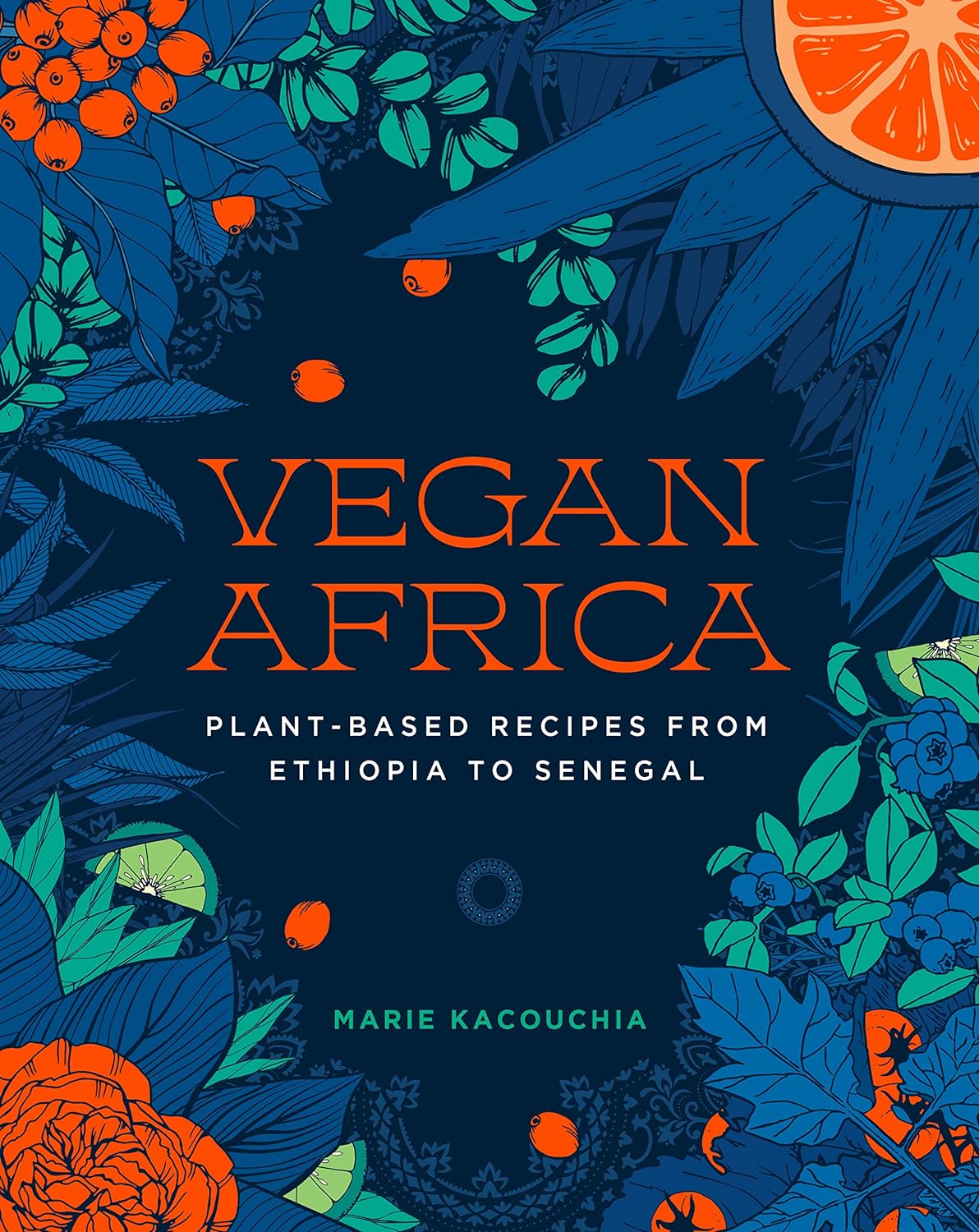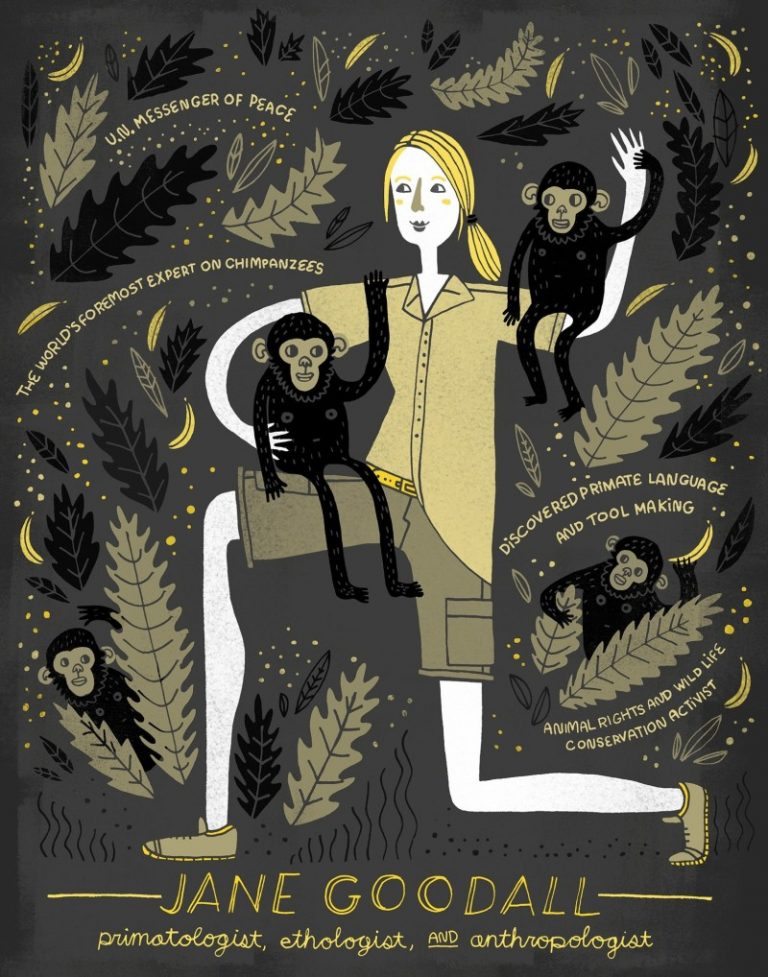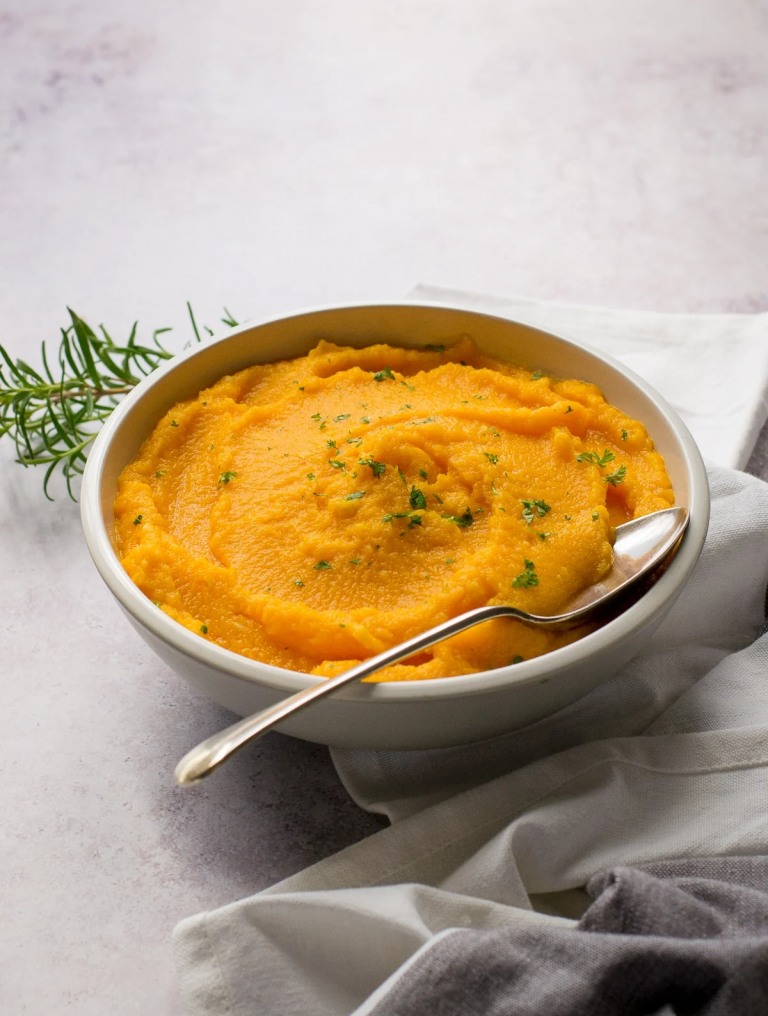
Africa is the world’s second-largest continent (after Asia), and home to 54 countries and over 1.2 billion people. Home to over 25% of the world’s languages, it’s also where you’ll find the world’s hottest desert (the Sahara) and the world’s longest river (the Nile).
Africa’s population is the world’s youngest, with over half its residents being under 20 years of age. Along with many of our most beloved species (elephants, gorillas, giraffes, lions, hippos etc). Due to many people being near starvation, there is a real issue in Africa with bushmeat, with our close ape relatives often being killed for meat.
Vegan Africa offers a wealth of plant-based dishes, from Ethiopia to Senegal. The 70 recipes includes recipes from 15 African countries including the Ivory Coast (the author’s home). Recipes include:
- Roasted Sweet Potato Hummus
- Roasted Cauliflower with Peanut-Ginger Sauce
- Creamy Corn Soup with Peanuts
- Rwandan Vegetable Soup
- Kenyan Corn and Bean Stew
- Coconut Rice Pudding
- Banana Peanut Butter Ice Cream
- Coconut Mango Milkshake
Never eat cooked rice, after 24 hours (a food poison hazard). Keep peanuts (and other nuts) away from children and pets. Read more on food safety for people and pets (many ‘human foods’ are unsafe near animal friends).
Just bin allium scraps (onion, garlic, leeks, shallots, chives) as like citrus/rhubarb scraps, acids could harm compost creatures.
Also read Afro-Vegan by a London-Nigerian cook, with rich recipes that blend modern flavours and rich colours with traditional tastes of her childhood. Recipes include:
- Jollof Quinoa Stuffed Peppers
- Cheesy Kokoro
- Asaro-stuffed Sweet Potatoes
- Fluffy Coconut Layer Cake
- Nutty Plantain Brownies.
Teff Love is a fun and unique book by a Portland (USA) author who visited an Ethiopian restaurant, and taught herself to cook this unique food, which is naturally vegan. Discover the holy trinity of Ethiopian cooking: a berbere spice blend, injera (fermented sourdough), and ye qimem zeyet (a vegan clarified butter). Includes tips on cooking for a crowd.
Health Benefits of Vegan African Cuisine
Many classic African dishes centre on plants. Think beans, lentils, leafy greens, tomatoes, onions, chillies, grains, and roots. These foods provide fibre, slow-release carbs, plant protein, and a wide mix of vitamins.
Take Ethiopian lentil stew, often called misir wat. It is rich in iron, folate, and protein. Pair it with injera or brown rice for a balanced meal that keeps you full. Or try a Nigerian black-eyed pea salad with peppers, tomatoes, and citrus. It brings fibre for gut health and vitamin C for iron absorption.
Support Heart Health with Fibre-Rich Staples
Traditional ingredients like okra and millet support a healthy heart. Okra contains soluble fibre, which can help lower LDL cholesterol. Millet is a whole grain that offers magnesium and fibre for blood pressure control.
A sample recipe is West African peanut stew without meat. Simmer onions, garlic, tomatoes, peanut butter, okra, and mild chilli in vegetable stock. Serve with millet or brown rice. Peanut stew provides plant protein and unsaturated fats, which can support heart health when used in place of saturated fats.
the Rich Culture of Plant-Based Africa
North African harira soup is warming with tomatoes, lentils, and spices. South African chakalaka is tangy and bright, packed with peppers, beans, and chilli. West African jollof rice can be made vegan with tomatoes, onions, peppers, and stock. Each brings a story of trade routes, harvests, and shared plates.
Here are a few spotlights to guide you:
- Misir wat, Ethiopia: Lentils simmered with berbere and onions. Deep heat, gentle sweetness, and a silky texture.
- Harira, Morocco: Tomato and lentil soup with chickpeas and ras el hanout. Comfort in a bowl, often served at gatherings.
- Chakalaka, South Africa: A pepper and tomato relish with beans. Great on the side, or as the star with bread or pap.
Savour Bold Spices from North and East Africa
Spices drive flavour in vegan African cooking. Ethiopian berbere mixes chilli, ginger, garlic, and warm notes like fenugreek. It turns a simple lentil stew into a feast. Moroccan ras el hanout blends sweet and savoury, which makes roasted vegetables taste rich and complex.
Seasonal Ingredients from West and Southern Regions
Yams, plantains, and tomatoes appear in many West and Southern African plates. They are affordable, filling, and great for sharing. A tomato base, a handful of greens, and a starch like yam create a full meal.
If some items are hard to find, use smart swaps:
- Plantain: Try ripe bananas in fritters, or sweet potato in stews.
- Yam: Use waxy potatoes or cassava.
- Local greens: Spinach, kale, or collard greens work well.
Season with what you have. Garlic, chilli, and a squeeze of lemon lift any pot.
Find Ingredients Without Breaking the Bank
Common items are easy to source:
- Onions, garlic, carrots, potatoes, and tomatoes are in every shop.
- Canned or dried beans, chickpeas, and lentils are affordable and store well.
- Millet, couscous, bulgur, and rice make fast, filling bases.
For added authenticity, visit African or Middle Eastern grocers for plantains, yams, berbere, ras el hanout, and teff. Store spices in airtight jars away from heat. Keep beans and grains in sealed containers to prevent pests. Freeze extra herbs in ice cube trays with a bit of oil to cut waste.
Master Quick Cooking Techniques for Weeknight Dinners
Time is tight, so keep methods simple:
- Stewing: Build flavour with a slow onion base, add spices, then tomatoes and legumes. Simmer 30 to 45 minutes.
- Roasting: Toss vegetables with oil and spice, roast at 200°C for 25 to 35 minutes.
- Grilling: Char peppers, aubergine, or plantains for 8 to 12 minutes per side to add smokiness.
Example weeknight ideas:
- Peanut and okra stew with rice, ready in about 40 minutes.
- Berbere roasted cauliflower with chickpeas and couscous, 35 minutes.
- Tomato and pepper chakalaka on toast, 30 minutes.
Use leftovers for lunch bowls. Add fresh herbs or a squeeze of lime to wake up the next day’s meal.






